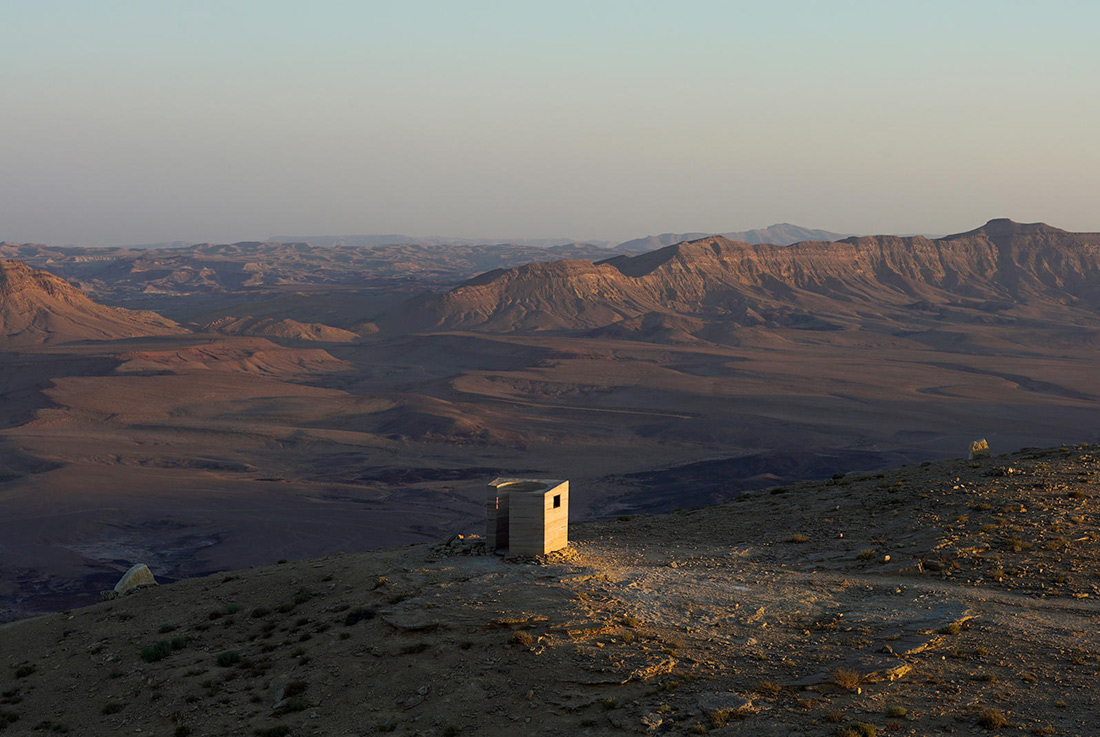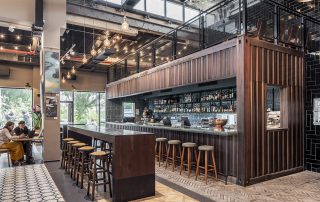The Landroom is a minimal environmental structure designed on the verge between Territory and a landscape object. It is located at the western observation point on the edge of the Mitzpe Ramon crater in the Negev. It functions as a observatory for the stars at night and provides shelter for visitors where the sun’s rays are burning in daylight. The Landroom is about 6 square meters in size and it can accommodate two people. It embodies the transition from a normative lifestyle to the unpredictable living conditions created as a result of the corona plague that plagues our world today. It also maintains an internal and external dialogue with the physical area (Ramon Crater) in which it is located, thus allowing a connection between the space and the landscape that surrounds it. Among other things, the atmosphere in the Landroom transform itself with changing environmental conditions throughout the day. The project was built entirely of earth and sand from Ramon Crater, as well as stones found at the site. The construction process takes place by compressing soil into its various layers into a mold created specifically for the design of the project, in order to create the visual stratification of the material from which the Landroom is built. The project examines the relationship between material and territorial space, and how they define each other. Among other things, the Landroom refers to the soundscape local environment. Inside the space, there is a window on which hangs a wind bell built of desert stone and thus a dialogue takes place with the natural environment in which it is located. This work emphasizes the need of man to observe nature. The Landroom is a spatial formal translation that provides the visitor a sense of freedom and space within a unique landscape.
What makes this project one-of-a-kind?
In our day and age, architecture fields may introduce additional layers of exploration. Territory today, from my point of view, shall be inclusive of recent dynamical environmental expressions in order help to overcome social tension in Israel. This project may help that by investigating territorial substance, process, grammar, and form to its immediate environment of architecture to the people that use it.
The Landroom Project invite us to think and feel beyond the traditional frames of architecture, landscape, and building models. This sustainable approach application by the medium of architecture and landscape give the opportunity to think an inclusive new space around us and to feel more connected and sensible to our environment.
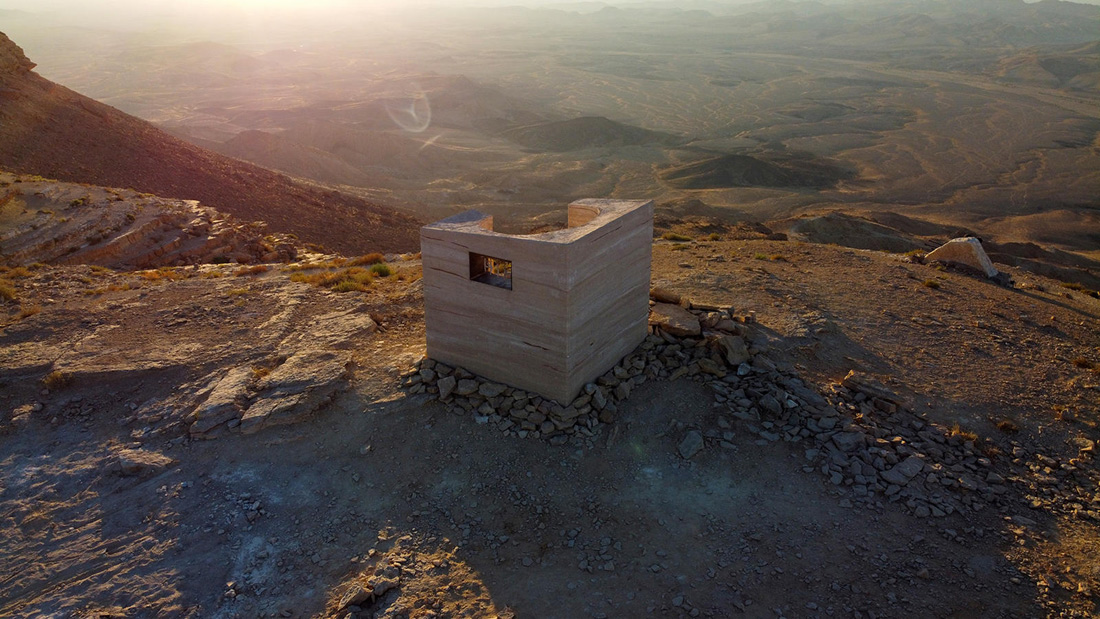
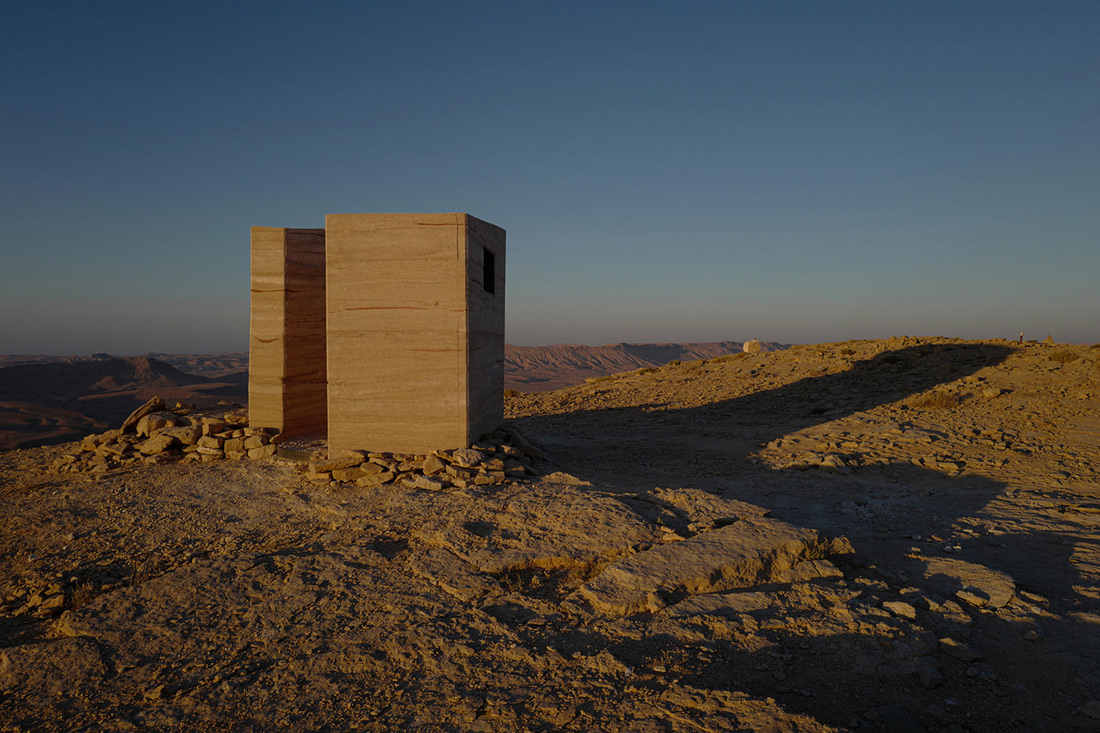
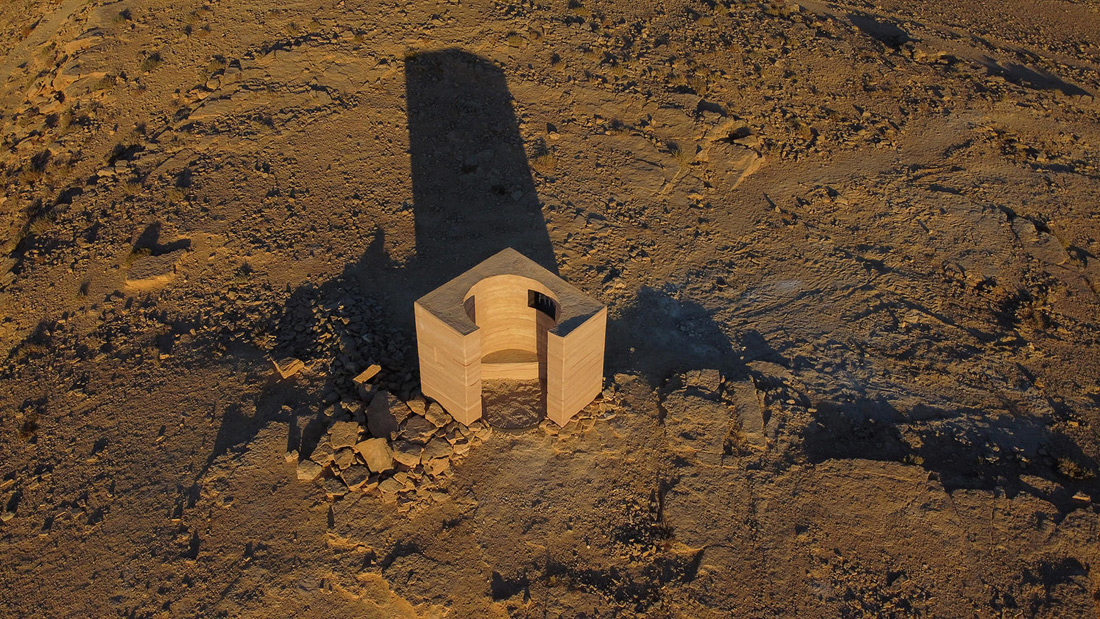
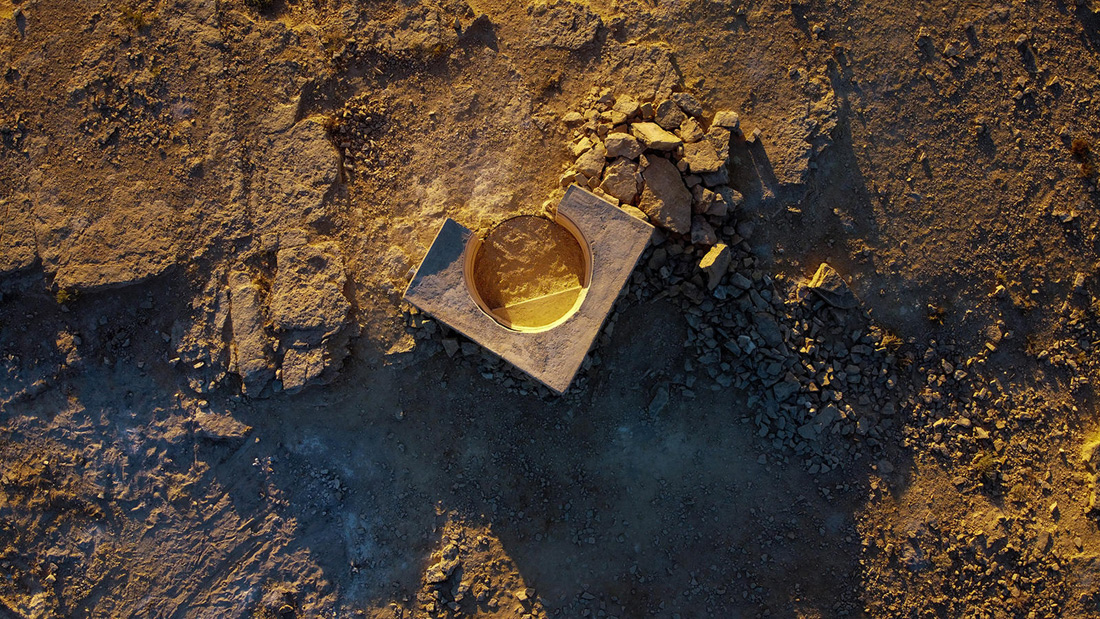
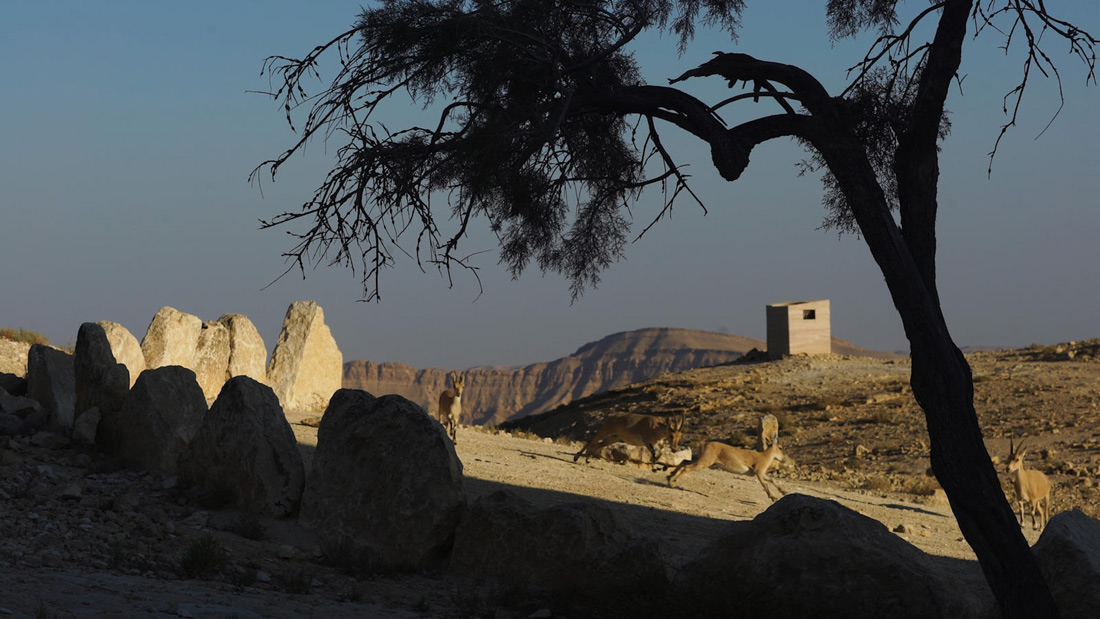
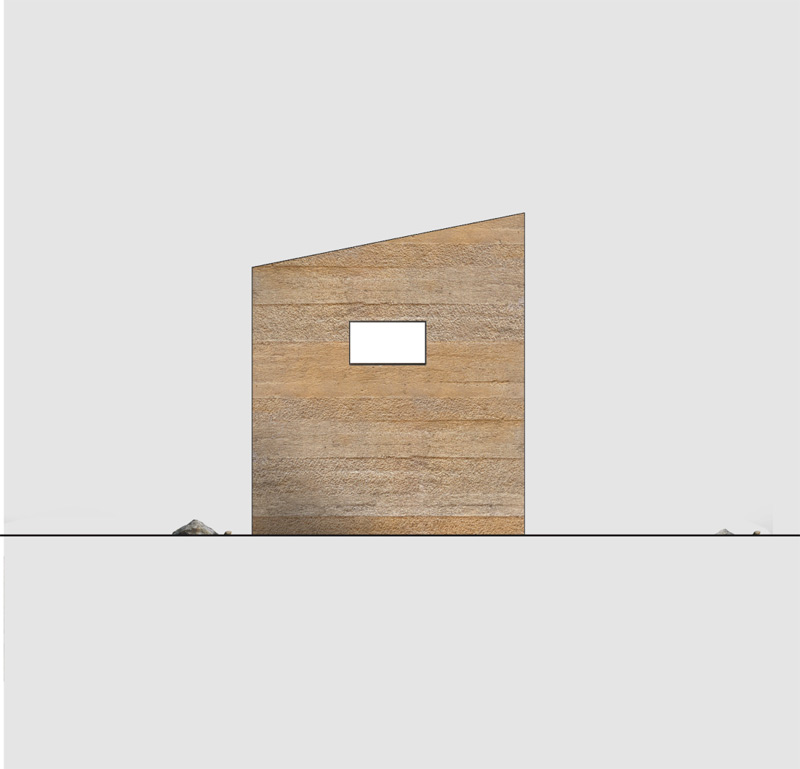
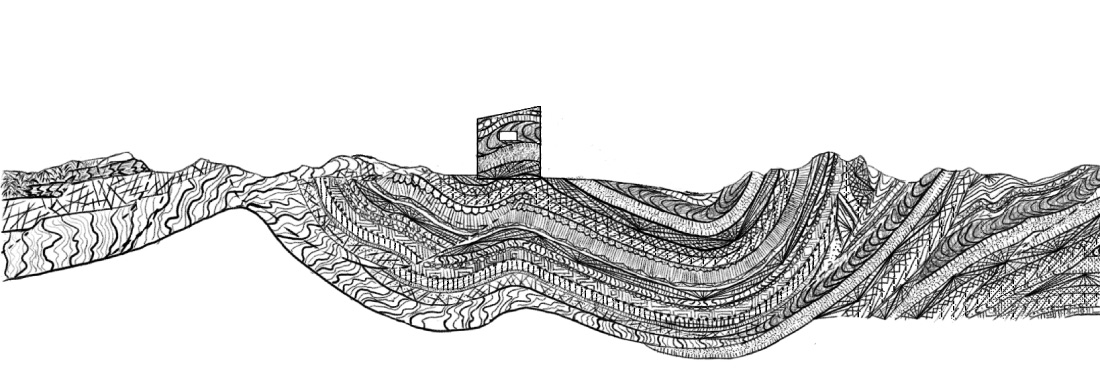
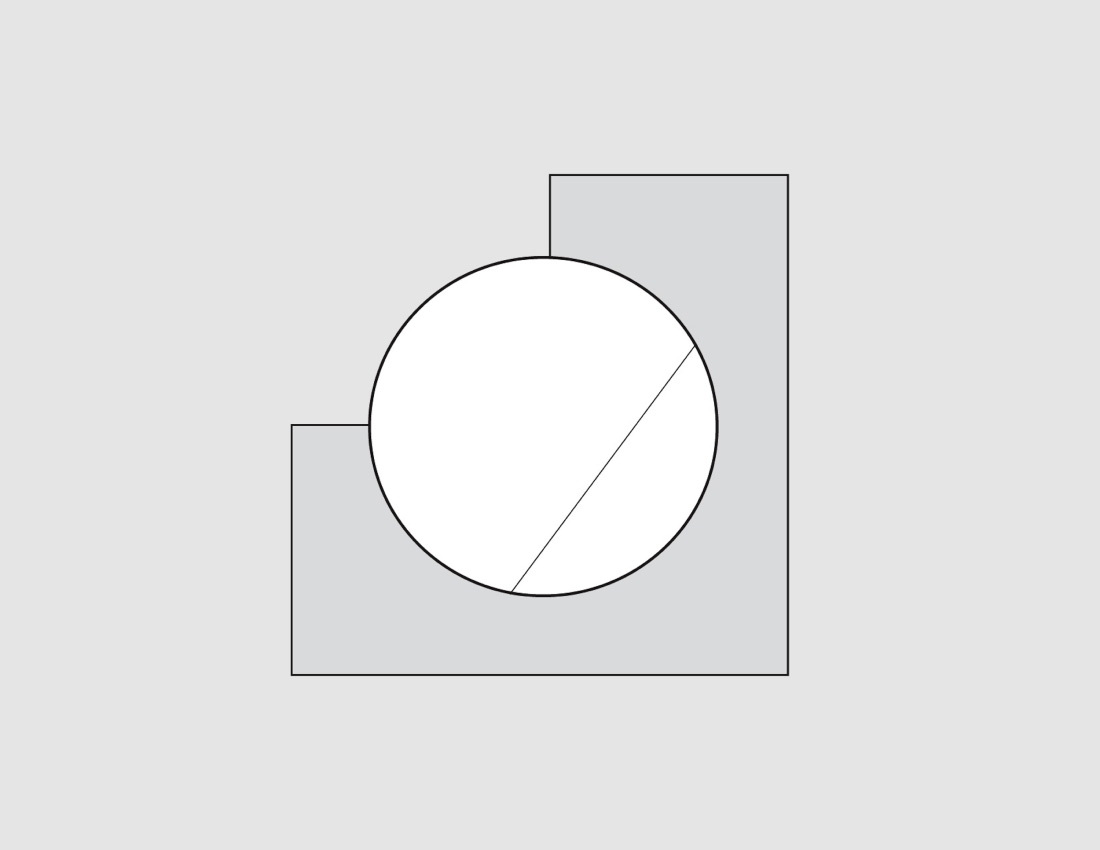
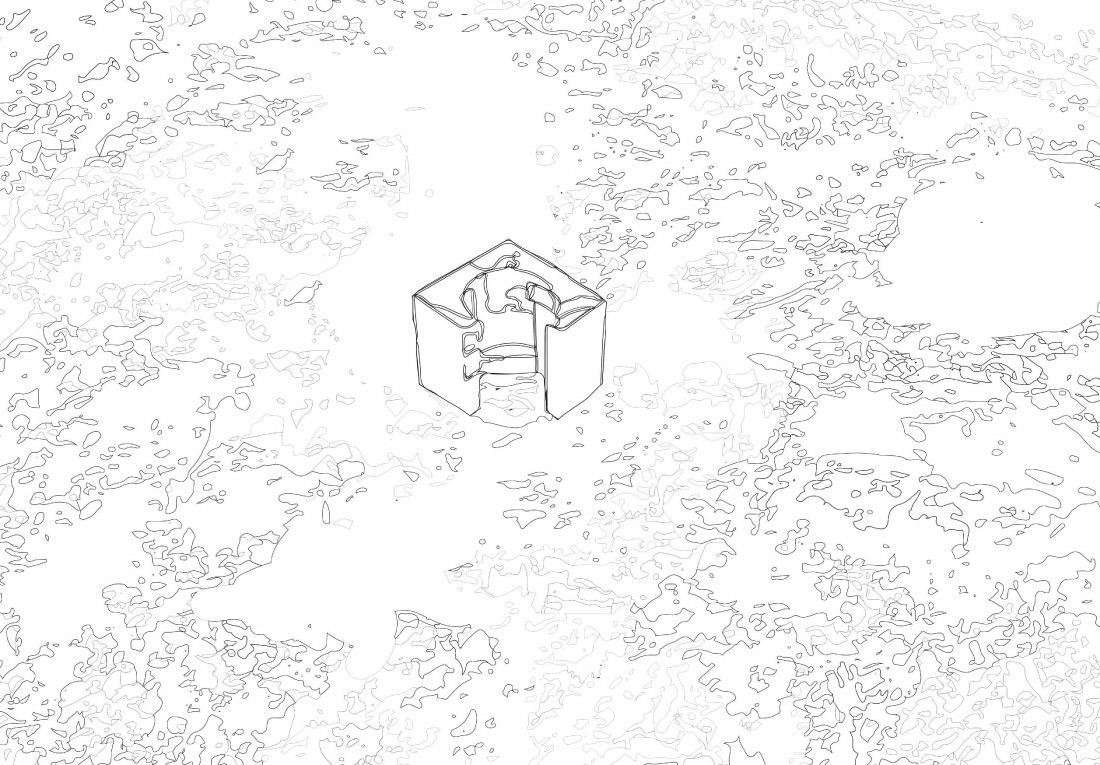
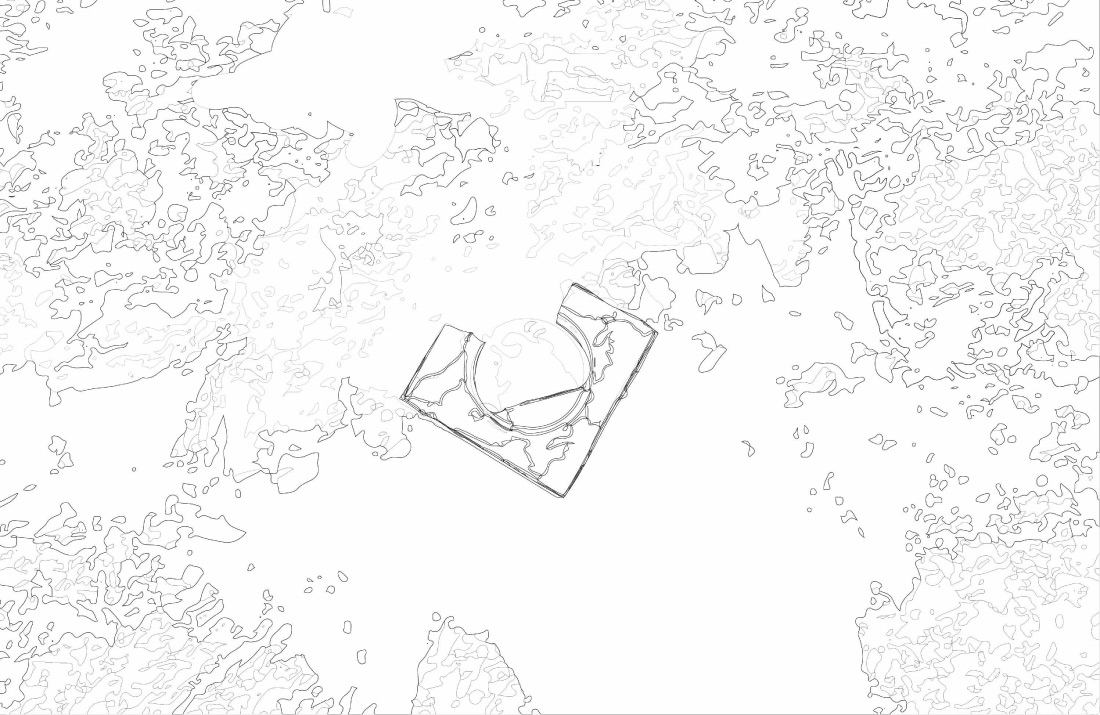

Credits
Architecture
Gitai Architects; Ben Gitai
Client
Private
Year of completion
2020
Location
Miztpe Ramon, Israel
Total area
130.006 m2
Site area
130.000 m2
Photos
Dan Bronfeld
Project Partners
Main contractor
Rammed Earth construction company


